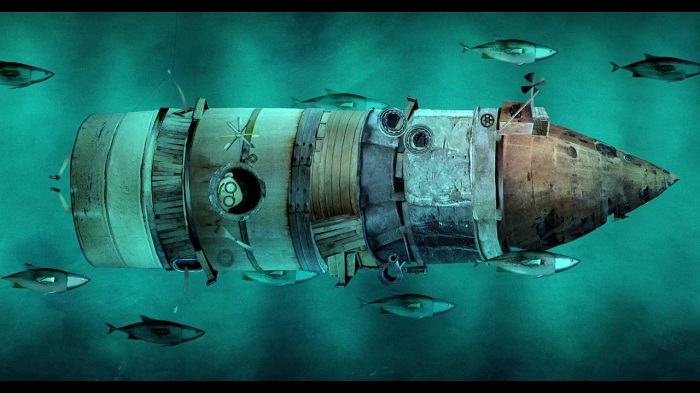
“The sea, once it casts its spell, holds one in its net of wonder forever.”- Jacques Yves Cousteau
There’s probably nothing more enticing and vast as Nature. Even after centuries of sunsets since the inception of this Universe, there’s so much left for us to explore and discover of Nature and its properties. Thus, nothing seemed more apt than beginning this article with Cousteau’s quote as a sea is one of the most beautiful, unfathomable yet perilous and mysterious aspect of Nature.
As Stephen Gardiner put it- “Land is the secure ground of home, the sea is like life, the outside, the unknown”. Perhaps a similar thought of delving deep into the unknown, led Dutch animator and film-maker Marlies van der Wel to make Jonas and the Sea, a 12-minute animated short about a man’s lifelong dream to live in the sea. (Dutch title of the film Zeezucht is a word that’s used to describe the feeling of homesick for the sea). The film is produced by HALAL, an international production company and photography agency based in Amsterdam and Berlin.
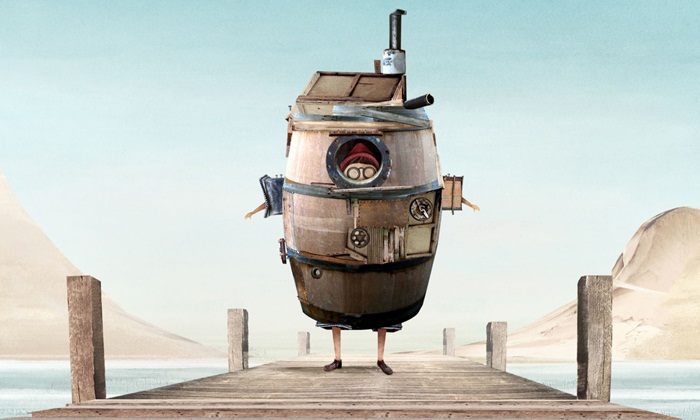
Directed, drawn and animated all by herself, Jonas and the Sea follows Jonas’ undying obsession with the sea and his lifelong struggle to turn his dream into reality of being a part of it. For him ‘the secure ground of home’ is underwater with a world of its own that gives him a sense of belonging. He lives alone, as nobody else understands his dream because it’s impossible for people to live in the sea. Or it seems so. He spends his whole life combing the beach for things he can use to build the outlandish creations, that he hopes will transport him into a new life amongst the fish.
Talking to AnimationXpress, van der Wel expressed the thought that went behind this concept: “I always aim to address big themes and dissect universal, existential questions through a visual language that is easily digestible. Creating stories that people from all paths of life feel touched by, inspires me to explore narratives that are meaningful yet light-hearted, non-moralistic. This particular film draws inspiration from, quite obviously, the sea and its symbolism. The sea is so endless, a life-giving element that we as human are completely dependent on… urging people to reflect on the big questions in life.”
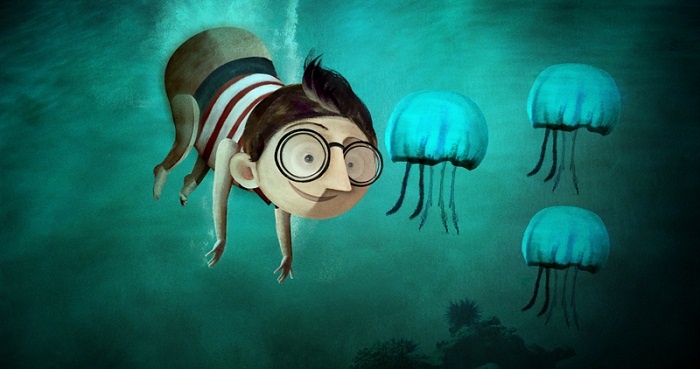
There is also a form hidden criticism- a parallel story developing in the background, in following Jonas on his journey – that of the fishermen. Changing from a hand-to-mouth to industrialised mechanism, the fishermen are too obsessed focusing on their consumption to notice the changes happening in the environment. Jonas is actually the only one who pays attention to this. “I think the sub-story is very much parallel to the current relationship between our industrialised, global market and environment. There are hints to the effects our consumption has on the environment, for instance by showing all the different trash Jonas is able to collect from the sea. Ultimately, this in itself is a strong picture of how he utilises the garbage in order to escape from his reality, to be one with the elements,” informed the director.
Jonas and the Sea lets audience experience some remarkable form of animation. It starts with writing and sketching simultaneously and the hard part about writing for animation according to the director, is that the storyline is mainly told through images rather than words. “I usually do the writing and drawing at the same time. To create the world in the film, I collected an immense archive of images from the Dutch shores. I went to photograph everything that was washed ashore. From which I made collages whose designs were then built in Photoshop. The next step from there was to paint and draw on it i.e. on paper and digitally,” she said.
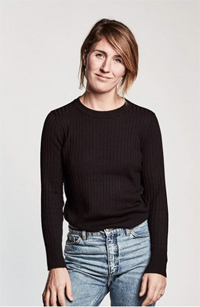
Van der Wel has a very distinct style of animation and adopts unique techniques. She drew and animated every part of the 150 shots herself. The entire process spanned over five years and involved a lot of research, at times of which she had to acquire new skills in order to serve justice to the film . She shared, “The technique I use, and the fact that I do most things myself, makes the process time-consuming and labour-heavy. I create all the shots, from where I go on to animate. I call it ‘digital-cut-out’, and I like this technique because it allows for a lot of detail in the designs as you don’t have to draw every single frame. The waves in the film are drawn frame by frame, painted on paper and I like to mix techniques to give the overall language a richer, more dynamic, feel.”
The film was carefully planned, strategically applied for awards and festival screenings, in association with HALAL, so that it garners maximum reach . But as it’s said that all good things take time and have their share of challenges, Jonas and the Sea was no exception. “The way I work can be quite isolating. So the main challenge was not get too obsessed with whatever phase I was in and focus on the bigger picture as I really dive into my work and it becomes all-consuming to me.”
Over the years artists across the globe have generally expressed their form of art to become an inseparable part of themselves and take a toll on them, but only to create masterpieces. She continued, “This process, even though can be quite isolating, it opens up a lot of doors. In some way, it makes me grow and develop with my characters gives me a lot of drive, merging and becoming one with my work is a tool for me to truly live and breathe the story I’m creating. It’s almost a meditative state. That can be hard, so at times I really had to push myself to stay positive and have faith in the project.”
Jonas and the Sea has a lot of special aspects attached to it. It’s a story that is communicated in a special way which helps different people, regardless of age, nationality and gender relate to the animated movie. “I think the visual language appeals to and touches people…I was contacted by a dad in China, who told me that his son was a big fan of Jonas and the Sea who apparently recites and plays it every day in Chinese and shares Jonas’ dream of living in the sea. Similarly an exhausted businessman, on his way back from a week of meetings, watched the film on plane and felt touched to his bones. That’s special to me, that the film speaks to a child and a businessman alike, and that they can both interpret and make different things in the film meaningful according to their own life references,” she added.
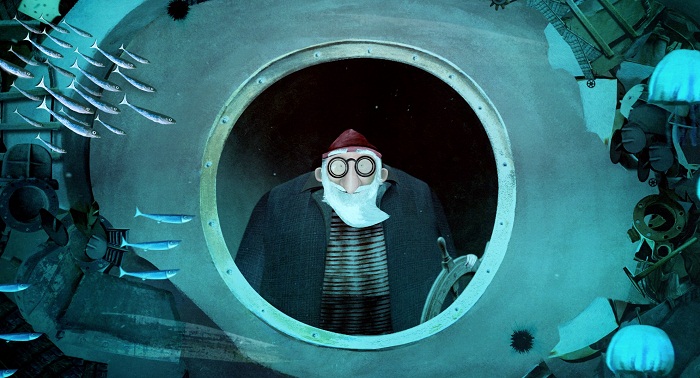
Jonas and the Sea is also about pursuing one’s lifelong dream and the indelible passion one holds for it in their heart. Mariles noted, “Jonas has a clear vision of what he wants. Ironically all the baggage that he accumulates during his life is what finally enables him to realise his dream.” The film restores hope by conveying the message of not underestimating the power of having a dream or a goal or something that drives you. It’s a tale of not giving up but clinging on to something that actually matters- finding a purpose or a ‘home’. Home sometimes is a state of mind rather than being a place where one ‘belongs’.
“Life will be filled with setbacks and challenges, and the most enjoyable way to get through them is by having something tangible to work towards. In The Old Man and the Sea Ernest Hemingway wrote ‘My big fish must be somewhere’. This is the message I want people to take from Jonas and the Sea – ‘find your big fish and go for it’,” concluded the woman who seems to have turned her dream into reality.

